Understanding The Difference Between Discrete & Continuous Data
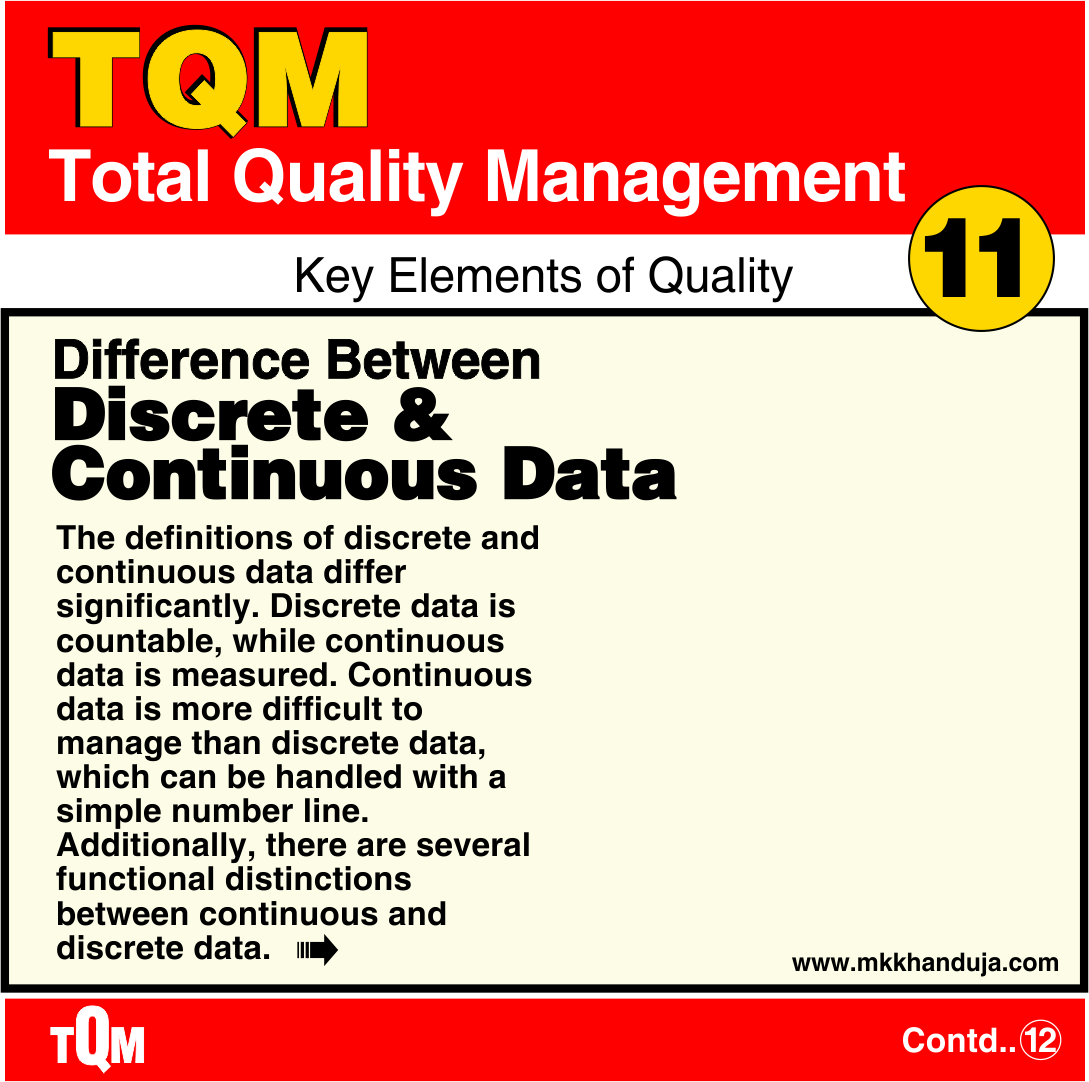
The definitions of discrete and continuous data differ
significantly. Discrete data is countable,
while continuous data is measured.
Continuous data is more difficult
to manage than discrete data, which can be handled
with a simple number line.
Additionally,
there are several functional distinctions between continuous and discrete data. More granularity is possible with
continuous data, which is technically infinite. Discrete-time data, in contrast, has a fixed level of
specificity. Discrete data can occasionally offer more simplicity. In situations when consumers want fast, simple,
high-level access to data, this could be ideal.
Discrete
data is an integer-based count. There are a finite number of potential values.
It is impossible to separate the
discrete values into parts. Discrete data include things like the number of students in a classroom. People
can be counted as a whole. We cannot count 1.5
children. Unlike discrete
data, continuous data gives more accuracy and can be meaningfully divided
to finer levels.
Example: Calculating the average height of children
in a classroom.
Let’s highlight the key differences in a table.
|
Discrete Data
|
Continuous Data
|
|
Takes countable values
|
Takes any value within
a specified range
|
|
Cannot be divided
|
Takes subdivisible values
|
|
Less Granularity
|
More Granularity
|
|
Includes Ordinal
and Integer Values
|
Includes Quantitative data like decimals, fractions, and Percentages
|
|
Discrete Data remains constant over a specific time
|
Continuous data can have
separate values at any given
point of time
|
Importance
Of Discrete and Continuous Data
The
continuous data is typically the preferred data format for commercial
application. However, both types of
data are important. Certain types of data can never be continuous. Inventory counts and employee counts should be
recorded as discrete values. Businesses retain the original discrete values even when they generate continuous
values from discrete data. In reality, businesses utilize both discrete
and continuous data regularly. In certain instances, each data format
is only simpler
or more useful.
How Do Businesses Use Continuous and Discrete Data?
Businesses use both types of data to make decisions. For example, a
business might use continuous data to track how much money it spends on advertising each month. It might use discrete data to track how many new customers
it gains each month.
Businesses use continuous data to track
trends over time.
They can use discrete data to track specific events
that happen, like the number
of customer complaints they receive.
Both types of data are important for businesses to track. Continuous data can help businesses identify
trends, while discrete
data can help businesses track specific events.

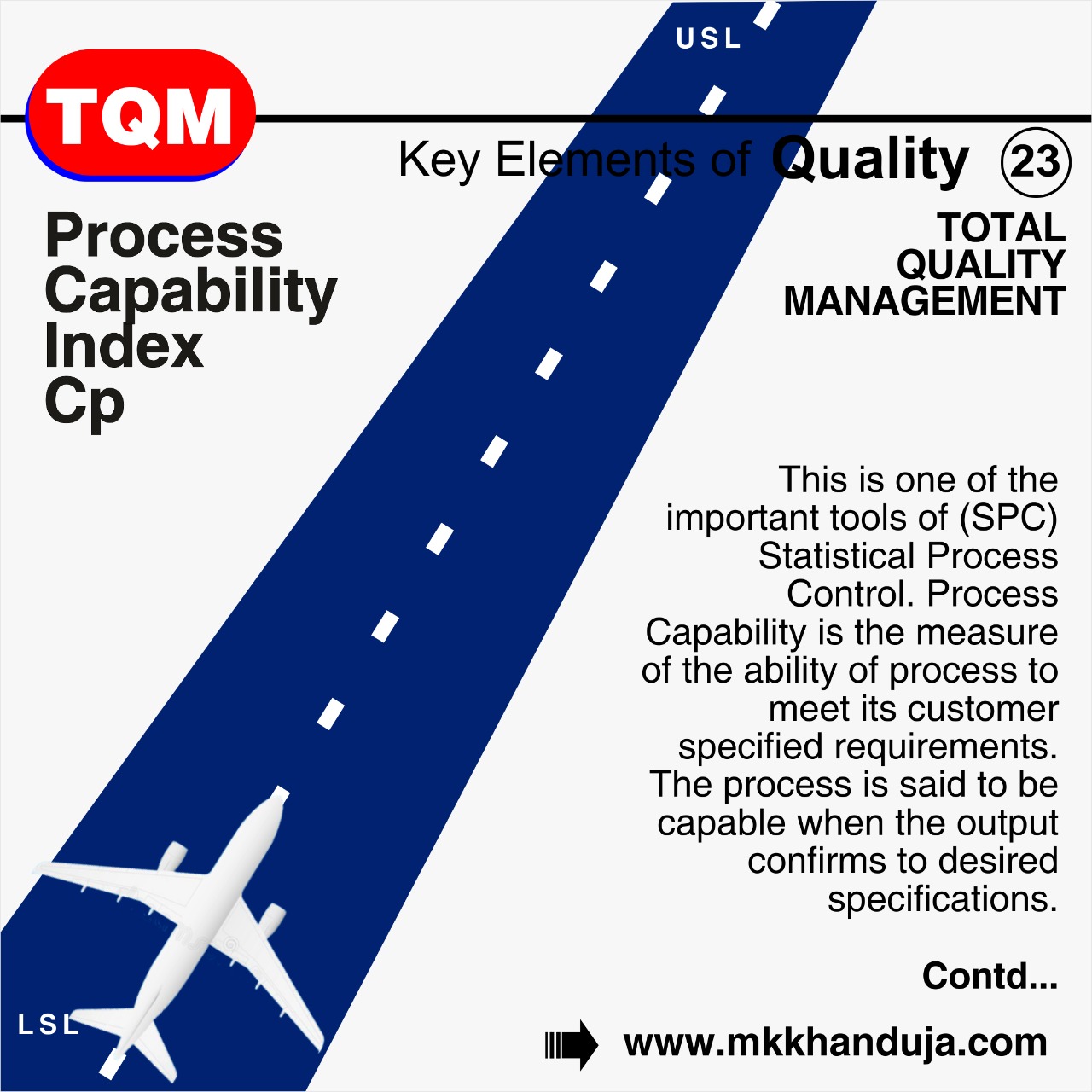
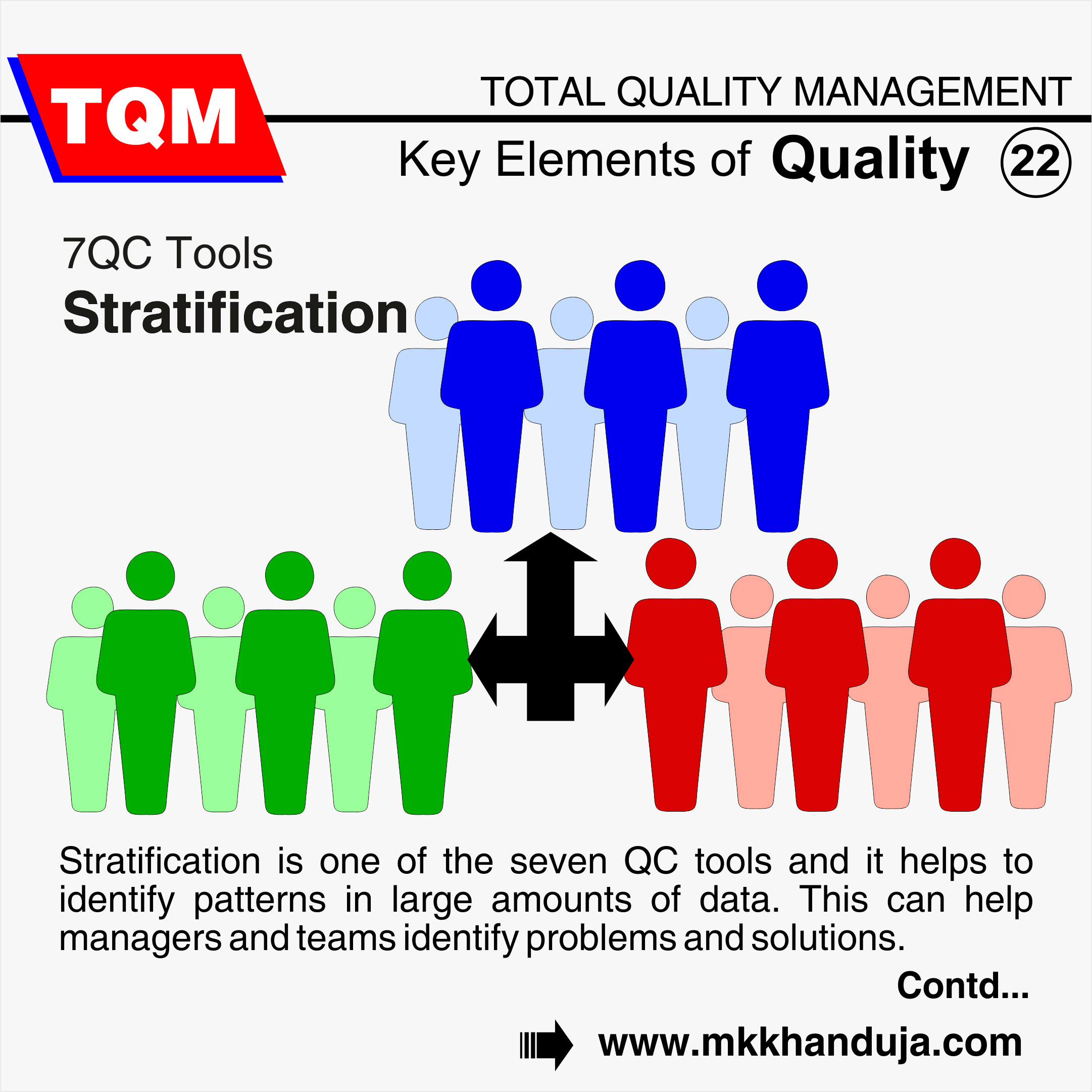
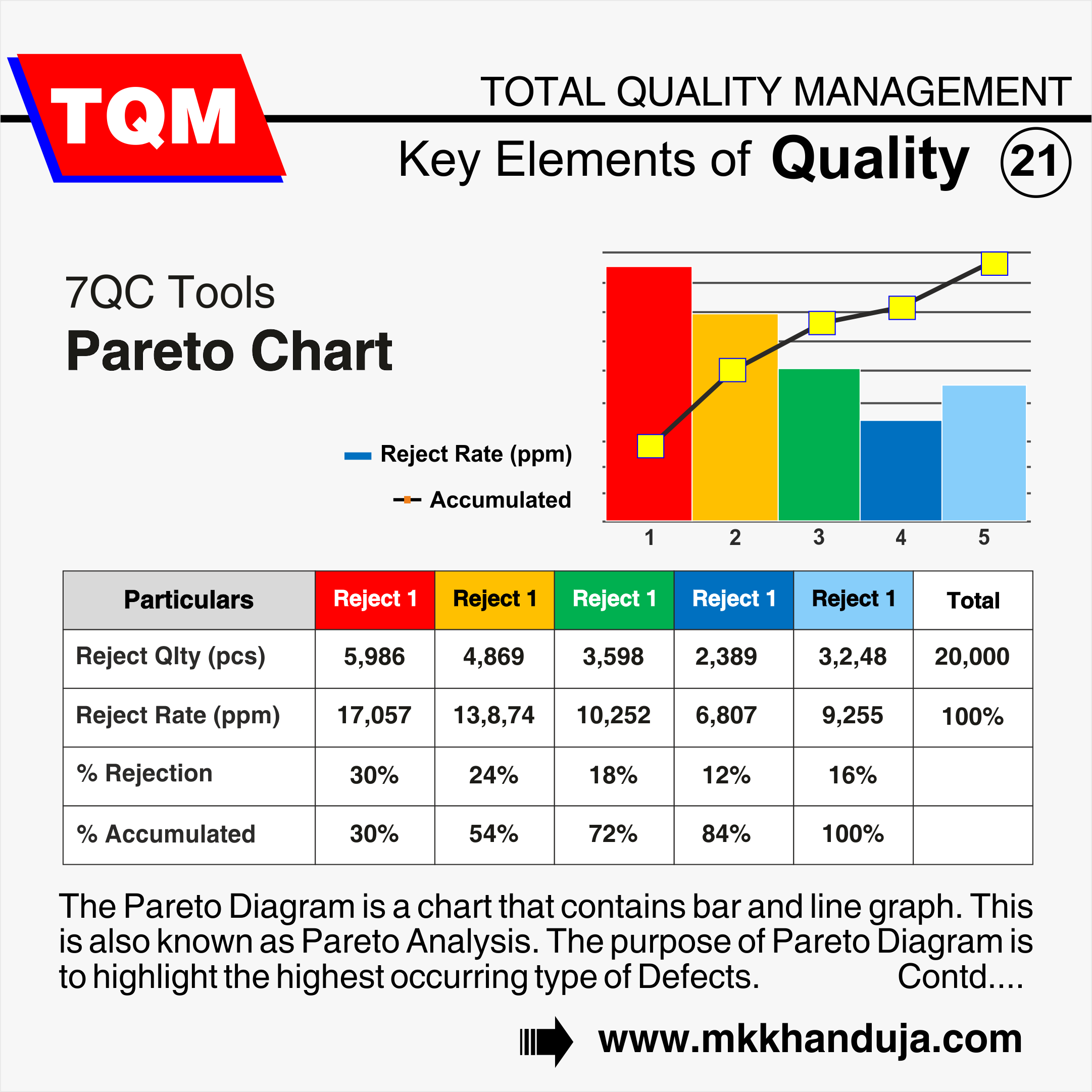
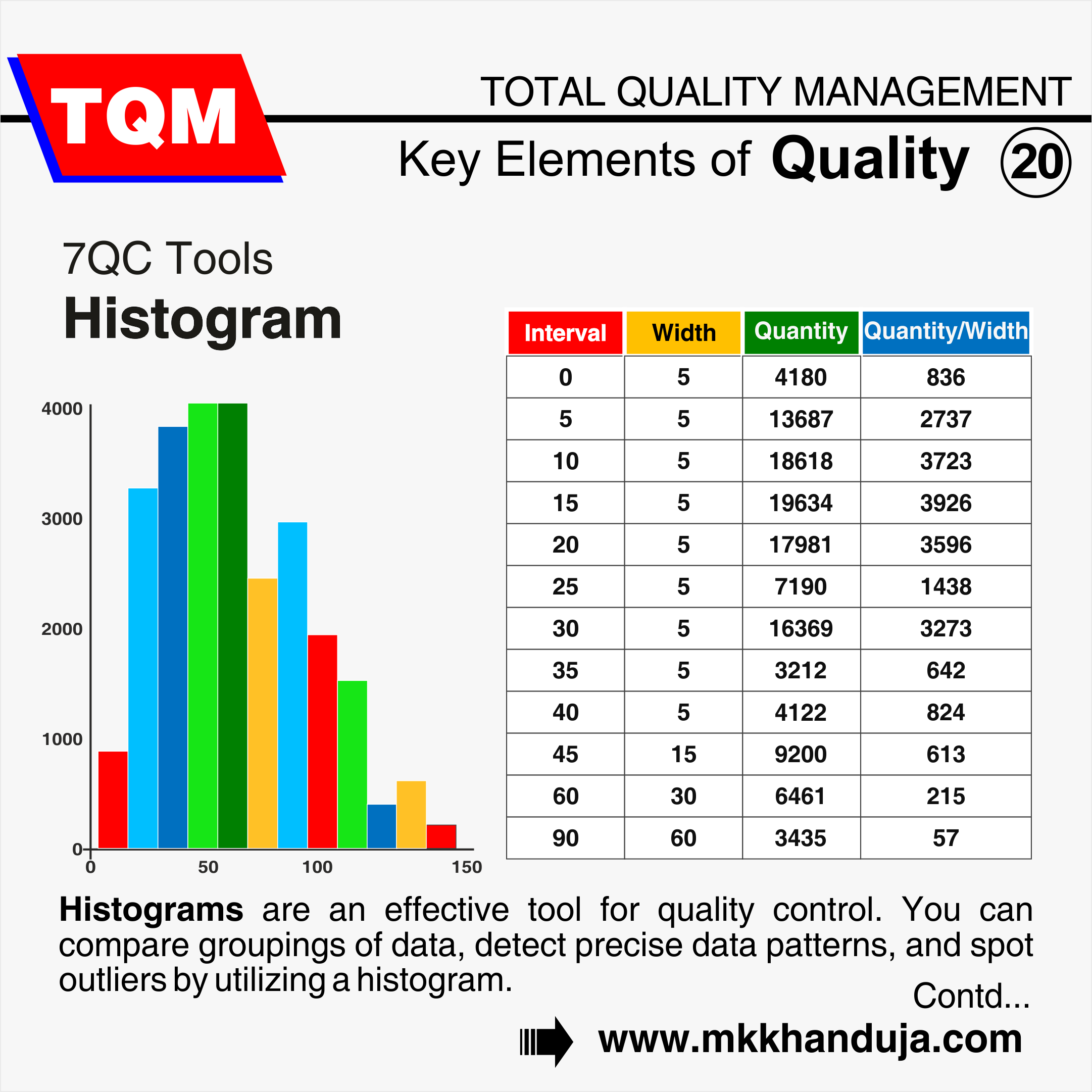
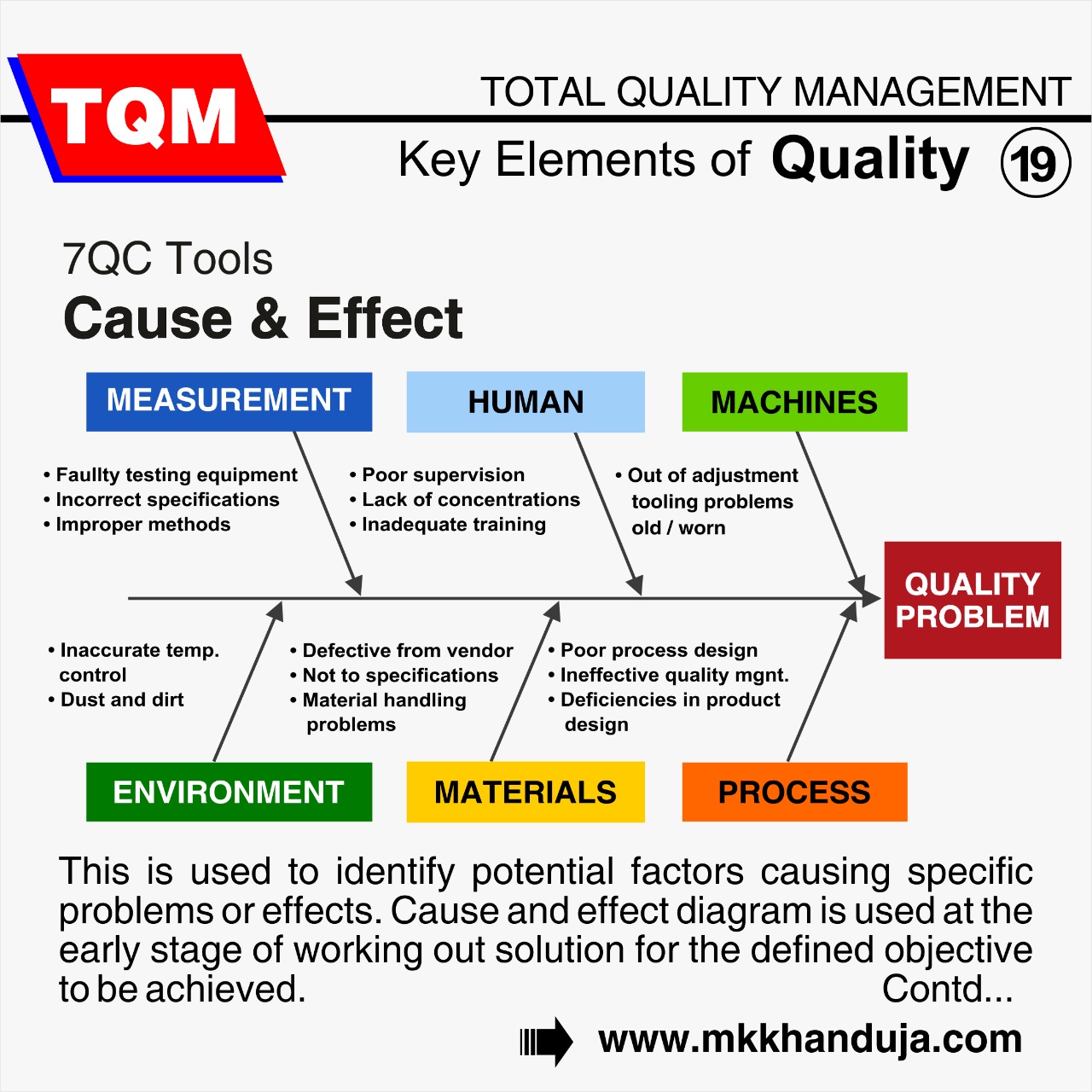
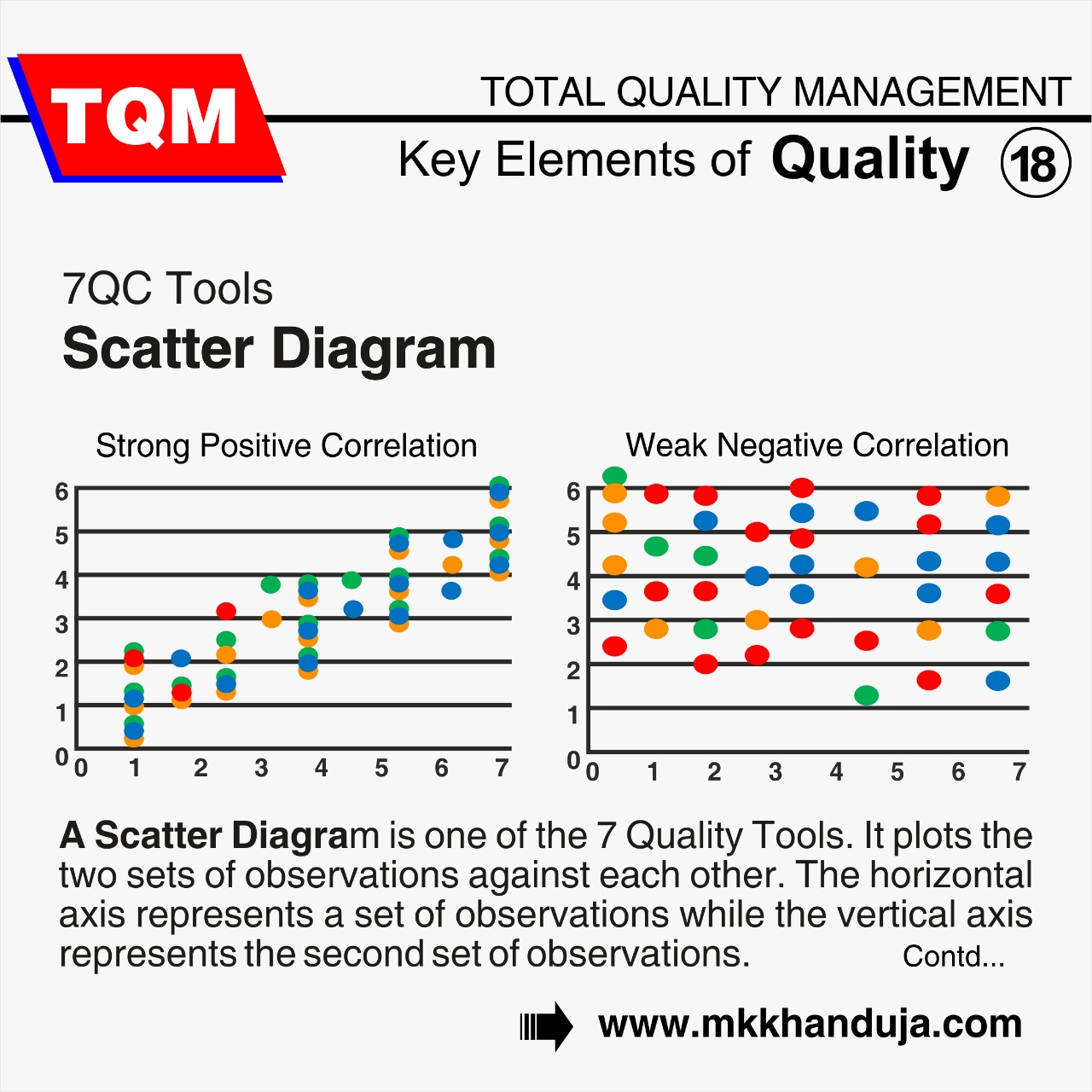
Comments